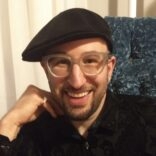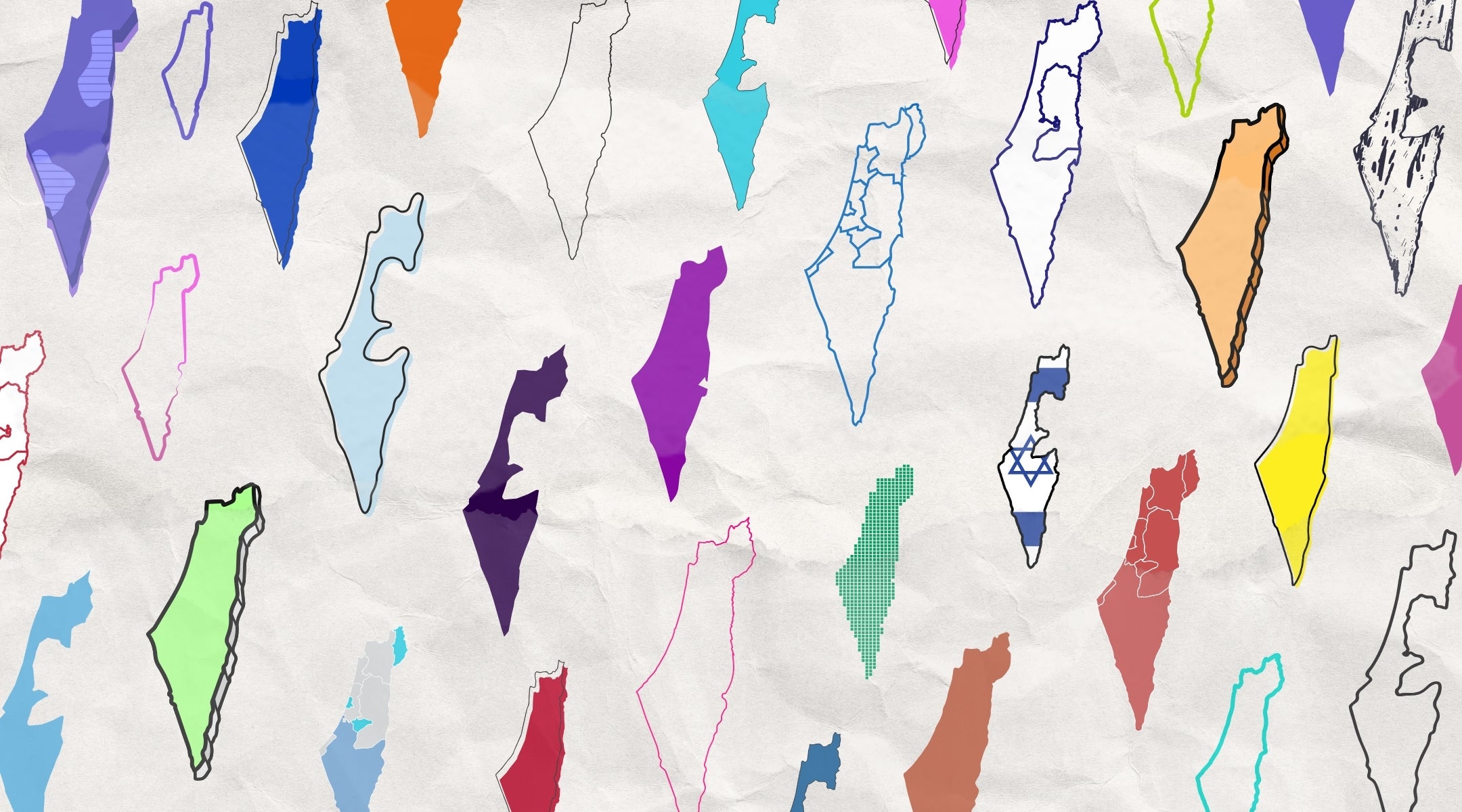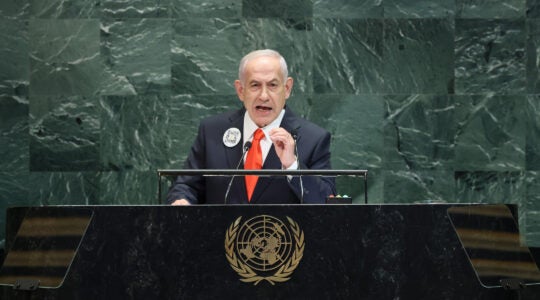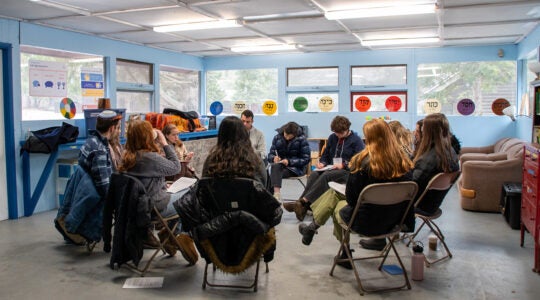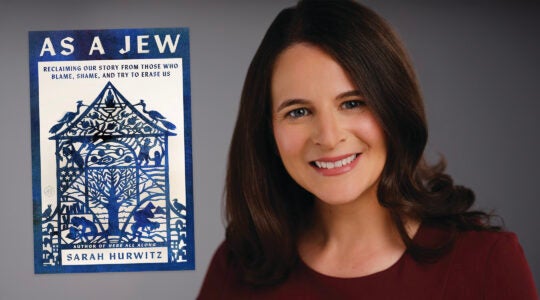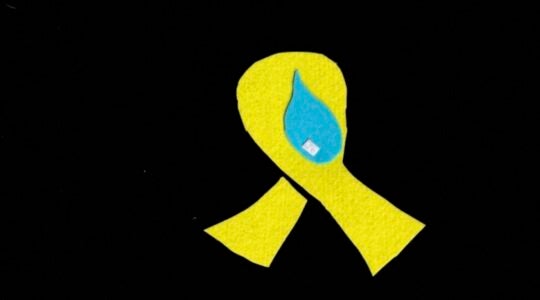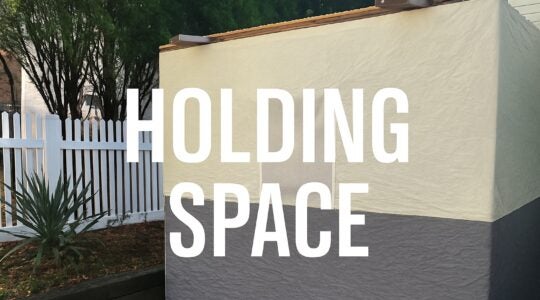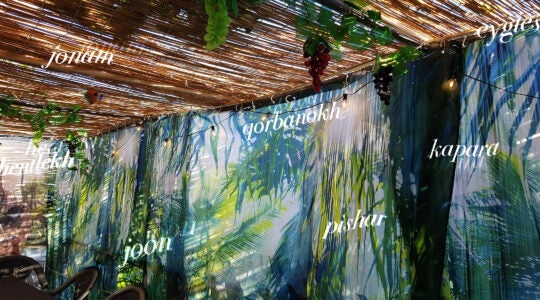The moment that led to me being threatened with having my daughter booted out of her temple preschool for a social media status began the way every weekday began, with me dropping my daughter off late.
I have a pet peeve — one many Americans don’t have to think about. I like correct maps in the places my kids frequent. It’s not a controversial objective, but if you are Jewish, Muslim or Arab, it can be.
That’s because you can walk into any number of mosques or temples and see maps of the same land, but with different boundaries. I prefer when the boundaries on maps are recognized by the United States and the international community, but many Americans, including Jews and Muslims, don’t know what these borders are.
Often folks don’t pay attention to the images surrounding them, so you find maps slapped on walls that wipe clean either the Palestinian claim or the Jewish claim to the lands known as Israel, the West Bank and Gaza. Similar to when folks don’t speak up when protests are flooded with antisemitic or anti-Palestinian chants and signs, as long as members within these communities are unwilling or unable to recognize the messaging these maps relay to others and our children, we will remain stuck in endless conflict. Change won’t begin until we look inward.
That’s what happened on that drizzly mid-morning last December, when I schlepped my daughter into her school, both of us half asleep.
“Do you love this artwork that I made,” I said, mustering all the energy I could to crack a corny joke. I smirked and gestured at a scribble picture taped to the wall, drawn by one of her 4-year-old peers, claiming it was my masterpiece.
Then I saw it on the bulletin board: a map of Israel, but with no green line separating Gaza and the West Bank from Israel proper. The Israeli flag flooded the entire territory from the Jordan River to the Mediterranean Sea, including the West Bank and Gaza.
Such a depiction is both politically freighted and widely understood to be inaccurate, even for those on the Israeli right who aspire to make it real. Much of the international community considers the West Bank illegally occupied by Israel, and even those who favor perpetual Israeli control of the territory have called on Israel to annex it — an acknowledgement that it does not, at present, enjoy the same status as Israel proper. Meanwhile, Israel withdrew from Gaza in 2005 — yet still Israeli Prime Minister Benjamin Netanyahu aims to militarily control it after the current war, some Jewish extremists want to resettle it and even President Donald Trump is eying it for the United States.
A quick message to the executive director of the temple, who I was friends with, and the map was taken down, she told me, apologizing. It was an easy mistake, that was that, everything kosher.
Or so I thought.
I myself have used the wrong map on a binder that I briefly carried. Many folks search for maps of Israel or Palestine and unknowingly purchase the first thing that pops up, so you see these maps dangling from necklaces at rallies for both Israel and Palestine — same charm, very different meaning.
According to a 2013 study performed by the Council of Religious Institutions in the Holy Land, 76% of Israeli textbooks use maps that don’t have lines separating Israel proper from the Palestinian territories and 58% of Palestinian textbooks show everywhere from the river to the sea as Palestine. It’s Israeli policy to use the incorrect map — in top-secret meetings held soon after the 1967 Six Day War, the government removed the 1949 armistice line, known as the green line, from official government maps, to show the country’s new ceasefire lines, a move that later empowered settlement of the territories.
At best, the territories can be claimed to be disputed, but disputing them is a massive political statement for American religious institutions to make, especially when, even though a loud segment of our demographic will claim otherwise, according to a 2024 Pew study, 46% of Jewish Americans consider a two-state solution the best possible outcome of the conflict, and only 22% hope for one-state with Israel governing it.
The green line is where negotiations will begin on future boundaries. It marks the border where rights drastically differ for Israelis — including Israeli Arabs — and Palestinians living in the territories. Though Israelis have pushed back to revise the maps so they show the green line, the incorrect maps remain omnipresent.
I did not expect push back from the temple that houses my daughter’s daycare, where many progressive members attend, so I was thrown when I received an email that Thursday.
“We appreciate you bringing this issue to our attention,” the email from the executive director began. Temple and preschool leaders, including the rabbi, came to the decision that “what you are referring to as a ‘map of Israel’” wasn’t political, it was simply “a decorative outline in the middle of a bulletin board.”
It was going back up.
I was at work when I read it, which is my bed because I’m a stay-at-home journalist, but I found the time to provide the masses with a free education by doing what folks do these days: I blew them up on Facebook.
“If you are using a map that includes the West Bank and Gaza Strip as part of a map of Israel, you are claiming Palestinian land,” I typed in the most extreme tone I could. If you use that map, I added, you can’t “claim that Israel is a democracy or that people who live within its borders have equal rights.”
I made the status public, so the rabbi could see it, and I tagged the executive director.
Then came the calls: It’s just a bulletin board, people said. The goyim are listening. Terrorists will target the temple.
This fear was understandable. Antisemitism is skyrocketing, including in my local community, where an incident where a man with a gun shouting “Free Palestine” sent our community into turmoil Meanwhile, people I’ve known for decades wouldn’t call these incidents bigotry. The thing is, this fear halts us from taking inventory of our own community, keeping us stuck. This fear is exploited: by Israeli leaders who say questing their behavior is self-hating and anti-Zionist, and by the current American president who justifies his own bigoted behavior as fighting antisemitism, even as Jews scream that he’s not protecting any of us.
I left the status up for half a day before taking it down at the advice of a level-headed friend, and the following afternoon, I was invited into the temple to discuss the “incident,” which I thought meant the map. I walked right into an intervention, with me circled by staff, handing me a letter threatening legal action and to kick my daughter out of the preschool.
Turns out, the preschool had slipped a social media policy into their handbook. If a parent said anything deemed “detrimental or derogatory” about the school online, their kid could get kicked out. Parents also couldn’t discuss faculty by name in private emails.
A quick call to our state’s branch of the American Civil Liberties Union assured me that the school had no lawsuit, but because it is a religious institution, not a public one, it had the right to boot my daughter out (even if that would draw much more of the public criticism they were attempting to stifle). Although I was relieved to hear I wasn’t legally exposed, the weeks that followed had me on the verge of tears, feeling as if the community I love was casting me out.
Many progressive Jews reached out to me, including rabbis, sharing similar experiences. Meanwhile, I continue discovering these maps, included tucked in corners at my own egalitarian temple. I know most folks don’t mean harm by them, but just because you don’t mean harm doesn’t mean your actions don’t cause it. I didn’t mean harm with my status either, yet all it did was force people’s defenses up. It was unproductive, but so is staying silent.
Eighteen years ago, I had befriended a local imam and was visiting his mosque. Huddled in a group of shoeless men, I listened in on a class taught by a congregant who referenced a verse in the Qur’an which he interpreted as saying that Jews could never be in positions of authority in a government that presides over Muslims. If they did, they would abuse their power.
“Why didn’t you say anything?” I asked the imam.
“I’m sorry about that,” he said. “He didn’t know you were Jewish.”
I carry that experience with me, every day, as I try to hold my own community to the standards that we all should hold each other, remembering how pained and powerless I felt when someone who had the capacity to say something didn’t stand up for me. Wishing we didn’t have to apologize because someone walked through our hallways or listened into our conversations and overheard something bigoted that we felt was sealed behind closed doors.
My daughter has no idea what happened between me and her preschool. I still drop her off daily—super late—and she spends the day doodling and dancing with her buds. Staff probably don’t know what happened either … or what the map on the wall represents, but there’s a tension in the air when I walk by the executive director. It’s OK. Speaking about these topics isn’t easy, especially when no one is faultless.
JTA has documented Jewish history in real-time for over a century. Keep our journalism strong by joining us in supporting independent, award-winning reporting.
